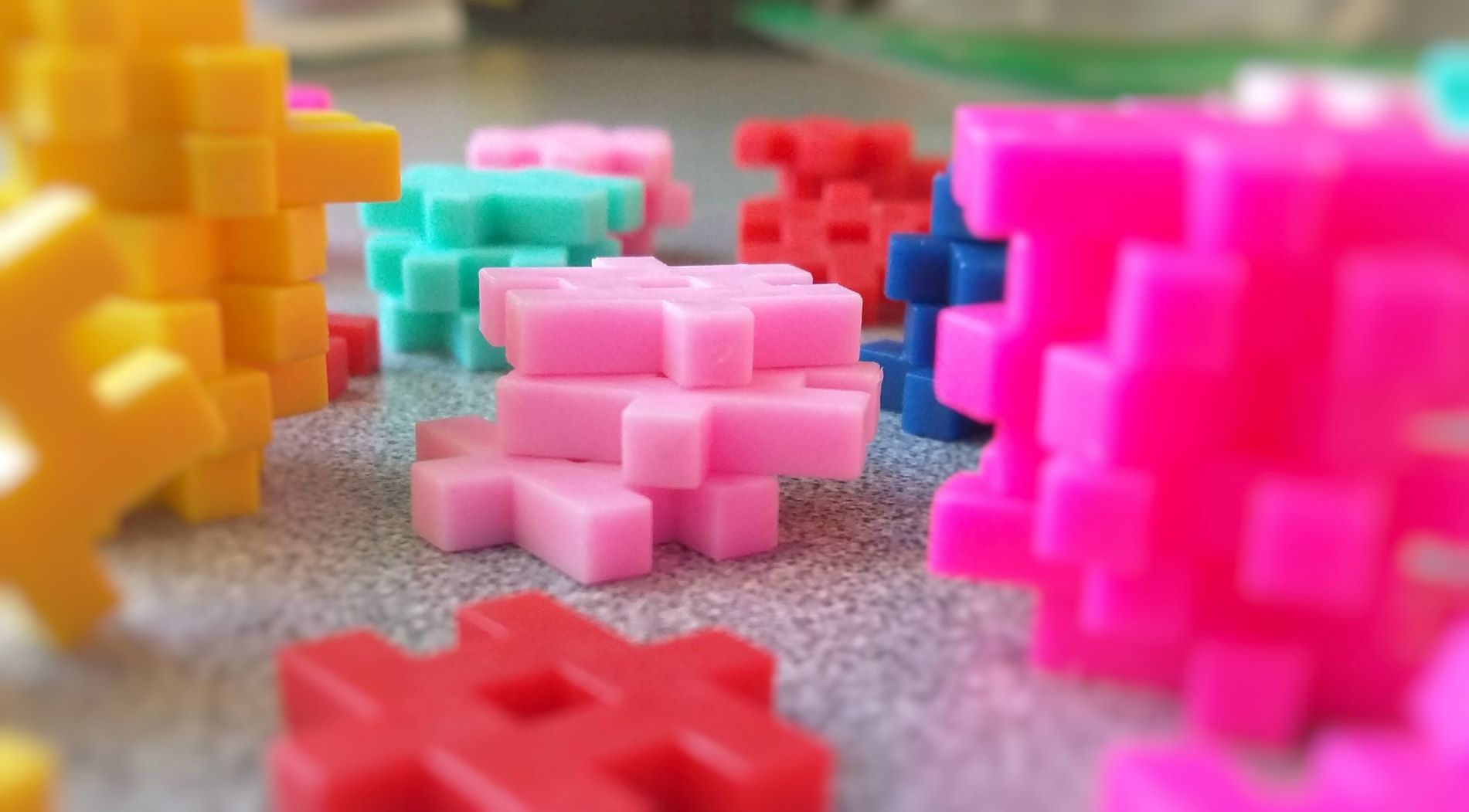Next week I’m giving a short 10 minute talk to students in the University of Maryland’s iSchool, specifically those enrolled in a seminar on academic libraries. The topic for the week is reference and instruction, and I’ll be presenting alongside Zoe Fisher, in a class taught by Rachel Gammons and Benjamin Shaw (NO PRESSURE). Students are reading an essay I wrote last year about Assessment as Care, and Fisher’s 2018 Plenary Talk from CARL, Who Succeeds in Higher Education? I can talk about anything I want. I could talk about my article. I could repurpose an old talk. But like an instruction librarian I’m asking myself what would be most helpful for students in the time I get to spend with them. We’ll have time for Q&A and discussion, but what, in 10 minutes, can give them a sense of instruction in academic librarianship?
I know I’m overthinking it. Rachel and Ben are brilliant and kind and want to make this as low pressure for guest speakers as possible, but I can’t help but want to try to develop something that would have helped me get a sense of what exactly I was getting into when I took my first reference and instruction / subject librarian job. For the record, I had NO IDEA what I was walking into or what I was doing in my first year. It was all trial and error, asking questions, and trying to overcome embarrassment at making mistakes. I learned from amazing teaching librarians and I am forever grateful for their mentorship and guidance.
I gave this essay a “what I wish I would have known…” style title even though I hate hindsight speculation. I feel like it negates the importance of experience, the messiness of learning, the failures and fuck ups that need to happen so that you actually learn what you don’t know and how to do what you do better. I don’t want this talk to come across as “advice from a pro” because I’m not and is that advice ever really helpful? So where does that leave me?
I’ve been taking notes all week and brainstorming ideas and every idea feels huge:
- Why do we teach in academic librarianship?
- “What is valued is measured or becomes valued as it is measured” — a quote from Wall, Hursh, & Rodgers (2014)
- Clarifying the idea of “care” in teaching
- Being human in the classroom, aka don’t be a garbage person, aka you don’t have to be a doormat
Those aren’t 10 minute talks those are ESSAYS. I’m not sure where I’ll end up, whether or not it will be helpful to students, and what our conversation will be like, but I’m sure I’ll be revising up until the presentation, because it’s my way. In the mean time, I’d love to hear what would have been helpful to you then and what would be helpful to you now.


